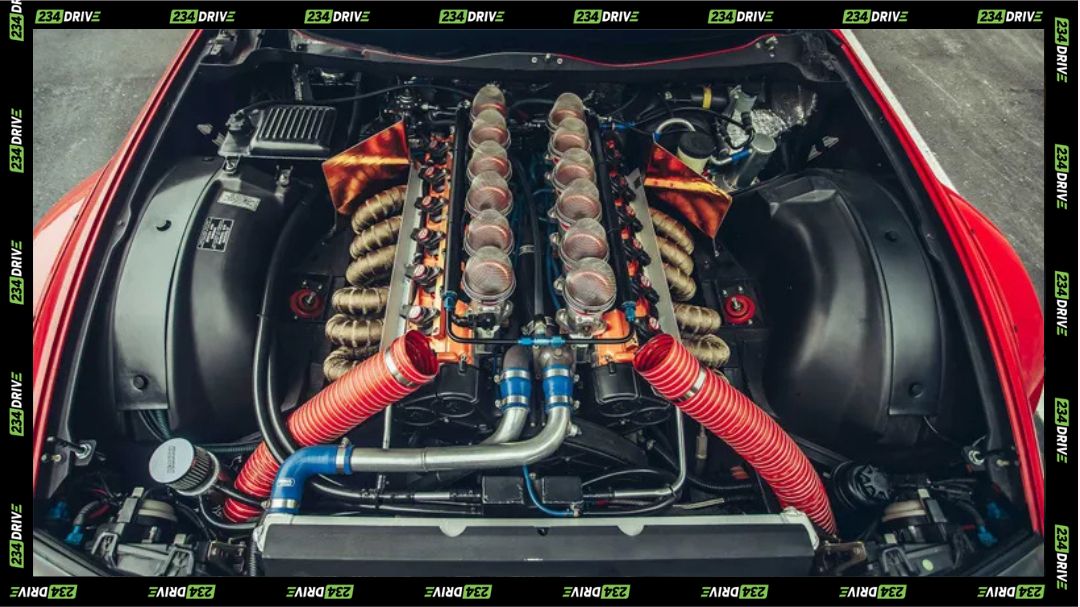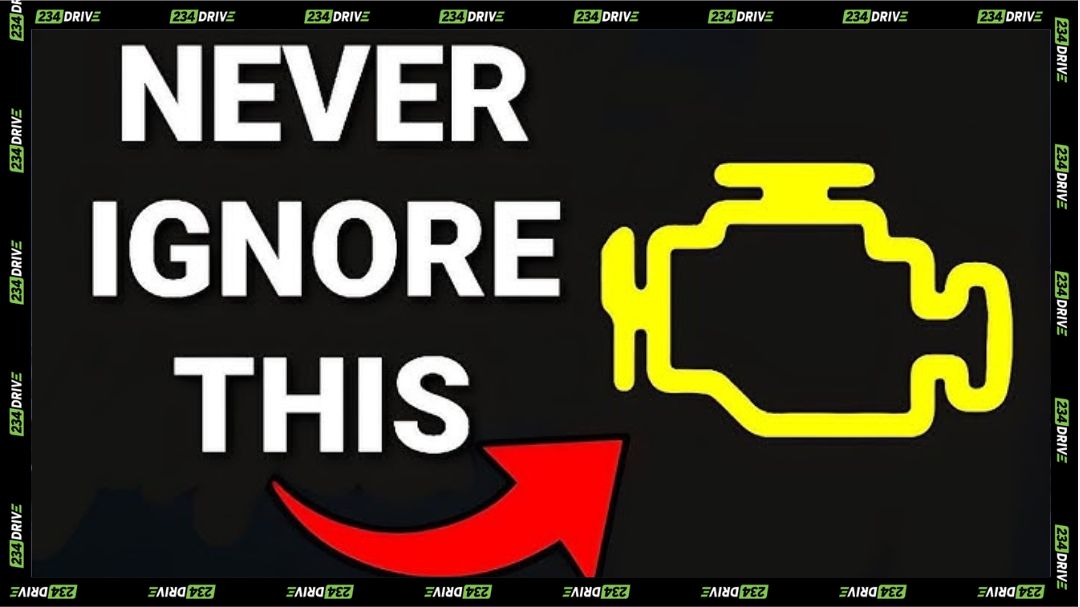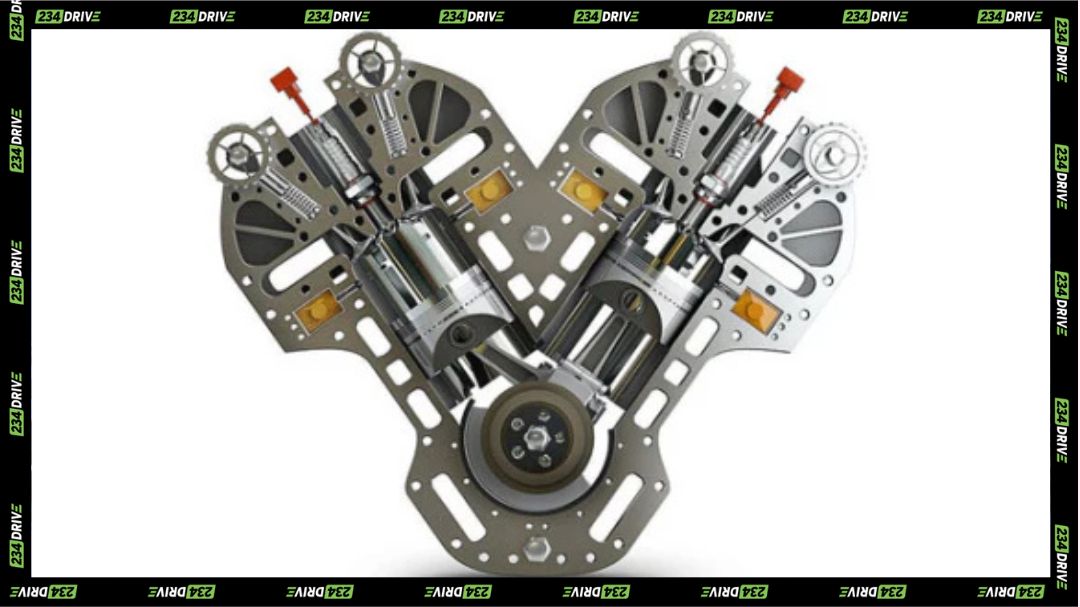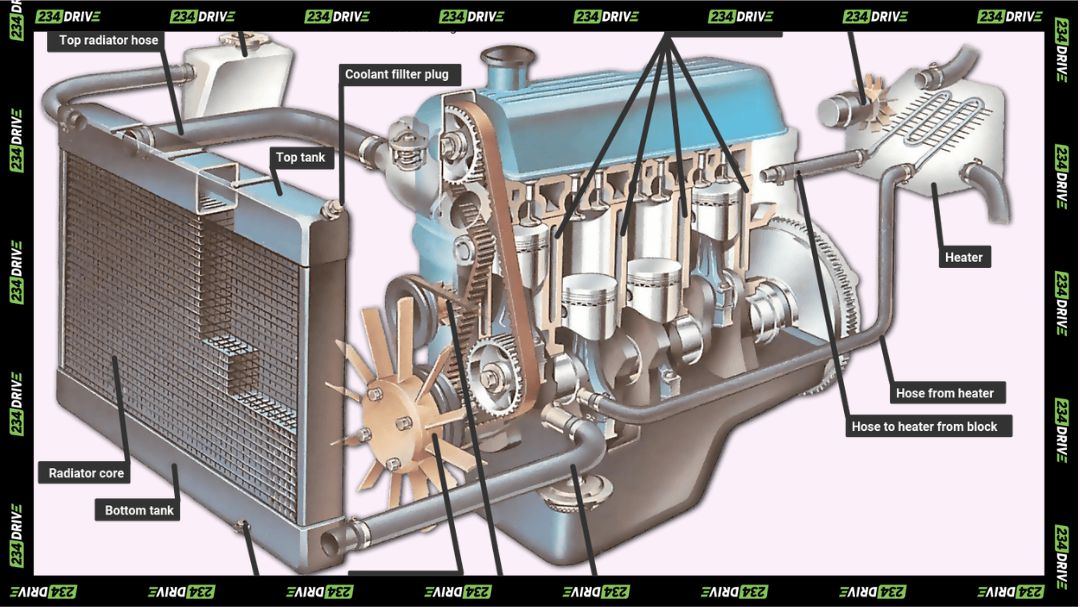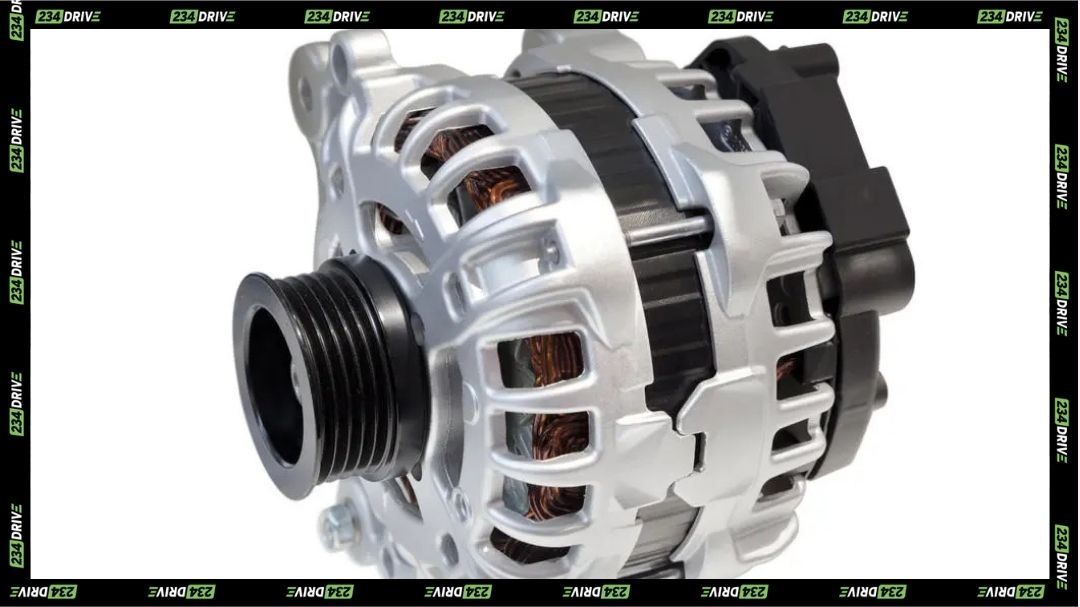Keeping your engine air filter clean is essential maintenance, not just a habit. A clean filter allows the engine to breathe properly, improves fuel efficiency, and prevents harmful contaminants from entering the combustion chamber.
Cleaning methods depend on the type of filter in your car, whether dry paper or reusable oiled. This guide outlines how to care for each type, when replacement is necessary, and the common mistakes you should avoid. With proper attention, your air filter can help your engine run smoothly and last longer.
What Is an Engine Air Filter and Why Clean It?
An engine air filter traps dirt, dust, pollen, and other particles before they can enter the engine. Over time, the filter becomes clogged, restricting airflow and reducing performance. Regular cleaning or timely replacement improves fuel economy, extends engine life, and keeps your vehicle running efficiently. With Nigeria’s dusty and often rough road conditions, maintaining a clean air filter is particularly important for performance and durability.
Step 1: Determine Your Filter Type
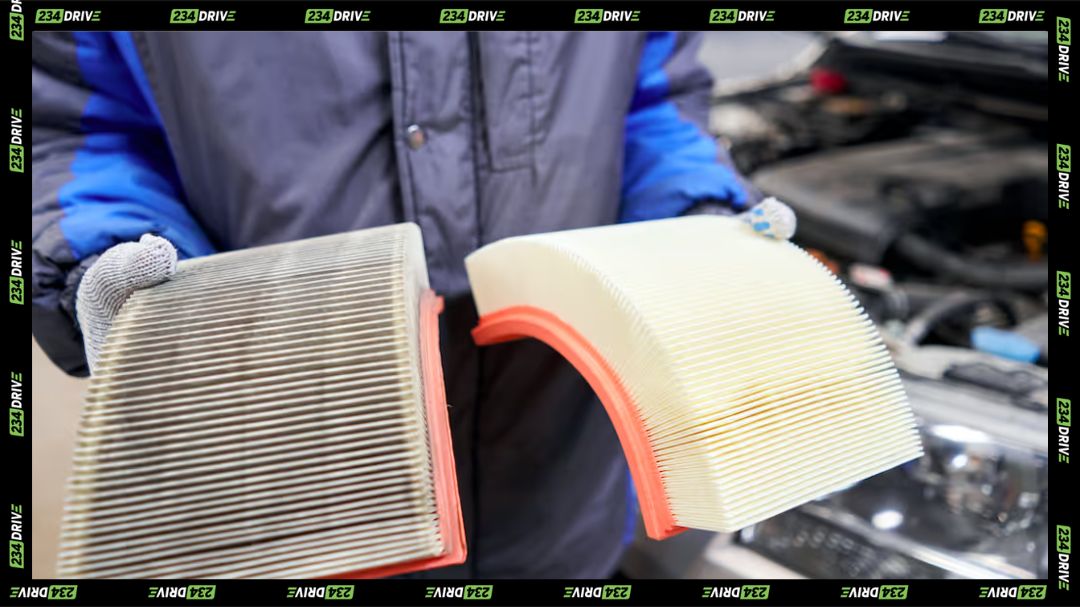
The first step is to identify the type of filter in your car. Dry paper filters are the most common in standard vehicles, often disposable but sometimes cleaned carefully. Reusable oiled filters, such as those made by K&N, are designed for multiple cleanings and require special cleaning and re-oiling. Oiled filters usually have a reddish tint. Consult your car manual or check the filter before attempting to clean it. Using the wrong method can damage the filter and harm your engine.
Step 2: Locate and Remove the Filter
Pop open the hood and locate the air filter housing, usually a plastic box near the engine top. Release the clips, screws, or bolts holding it in place and carefully remove the filter. Take note of its position so you can reinstall it correctly later. While the filter is out, use a clean cloth to wipe away dust and debris inside the housing.
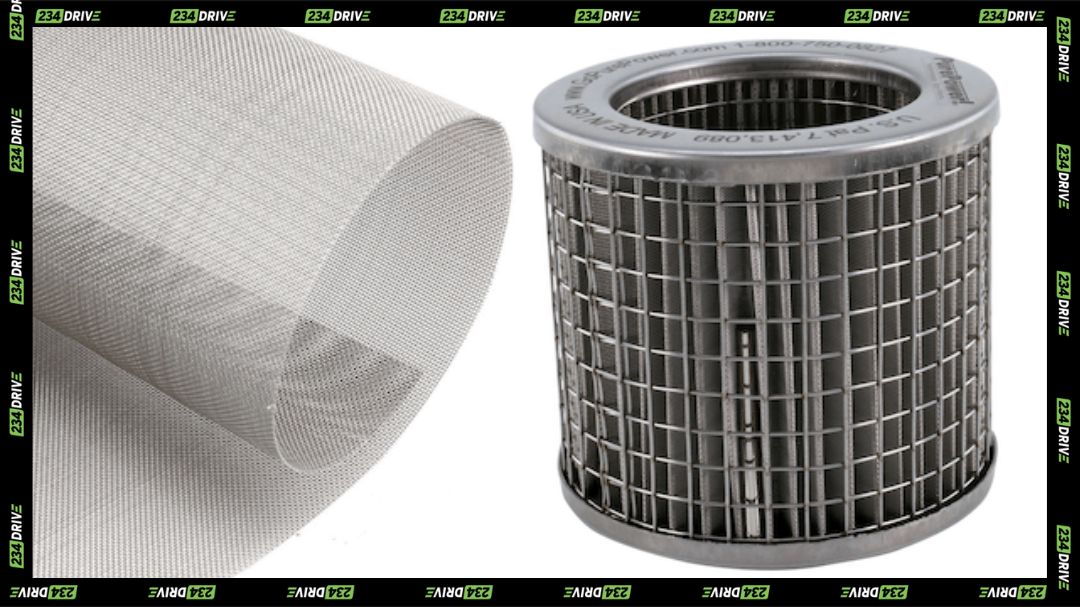
Step 3A: Cleaning Dry Paper Filters
Dry paper filters are delicate and should be handled with care. The safest method is vacuuming. Shake the filter gently to remove loose debris, then use a vacuum cleaner with a hose attachment to clean both sides. Shine a flashlight through the filter—if light passes through clearly and it looks clean, it is safe to reuse. Some drivers wash these filters with mild detergent and warm water, but this should only be done if the manufacturer recommends it, as paper can degrade when soaked. If washed, allow at least 24 hours of drying time before reinstallation.
Step 3B: Cleaning Reusable Oiled Filters
Reusable oiled filters are more durable but need the right approach. Shake off dirt first, then apply a specialised filter cleaning solution to both sides and let it soak for about 10 minutes. Rinse the filter with low-pressure water, always from the clean side out, until all dirt is removed. After rinsing, let the filter air dry fully for about 15–30 minutes. Once dry, spray a consistent layer of filter oil across the pleats and allow it to absorb before wiping off excess. Avoid using high-pressure water, aggressive detergents, or rushing the drying process, as this can damage the filter or affect airflow sensors.
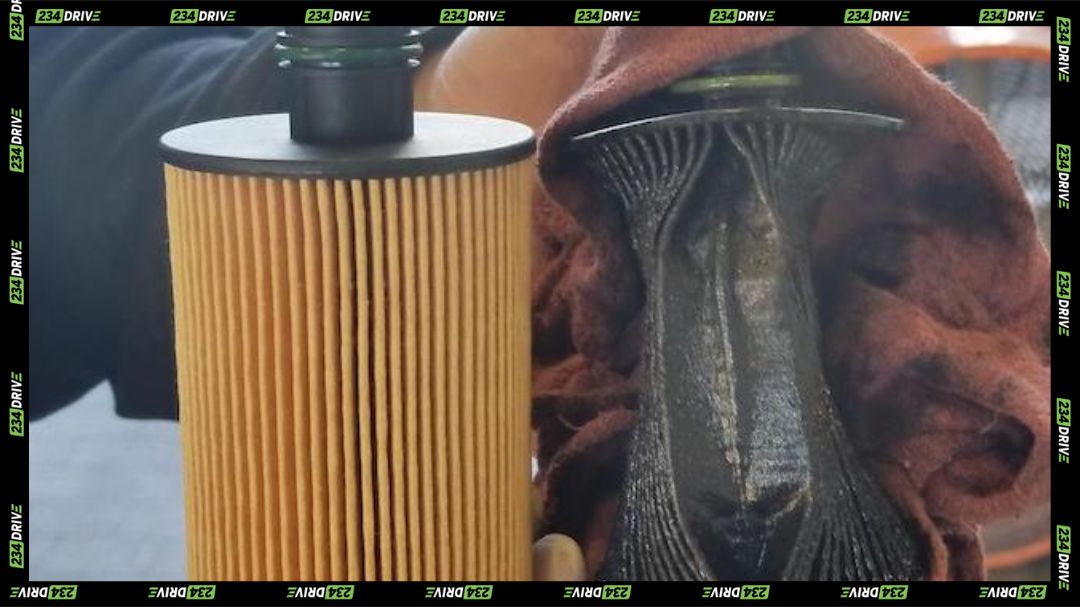
Step 4: Reinstallation and Inspection
Once the filter is completely dry and ready, reinstall it in the same orientation as before. Secure the housing properly and check for any gaps. Start the engine and listen for unusual sounds. If performance feels off, double-check the placement and sealing of the filter.
When to Replace Instead of Clean
Sometimes cleaning is not enough. Replace your filter if it is torn, heavily soiled, or no longer improves airflow after vacuuming. For dry filters, replacement is typically recommended every 12,000 to 15,000 miles. Oiled filters can last longer, usually cleaned at 50,000 miles and inspected every 25,000 miles. In dusty or rough environments, these intervals should be shortened to maintain performance.
Environmental and Cost Considerations
Dry filters are inexpensive, usually costing around ₦12,000–₦20,000, but they require regular replacement. Oiled filters cost more upfront, typically ₦40,000–₦50,000, but can be reused for years, making them environmentally friendly and cost-effective over time. For drivers who frequently face dusty roads, reusable filters often provide better long-term value.
Common Mistakes to Avoid
Some drivers make errors that shorten filter life or reduce engine efficiency. Washing paper filters without checking if they are washable, using high-pressure water, reinstalling filters before they are fully dry, and over-oiling reusable filters are common mistakes. Always follow your vehicle’s manual to avoid unnecessary damage.
Conclusion
Cleaning or replacing your air filter is a small step with clear benefits. A clean filter supports better engine performance, improves fuel efficiency, and extends engine life. By recognising your filter type and using the right care method, you help your car deliver smoother rides and reliable mileage.
The key strength of regular maintenance is long-term reliability at a low cost. Staying consistent with cleaning or replacement ensures your engine runs efficiently on both city roads and rural routes. What do you think—do you prioritize air filter care as part of your vehicle’s routine maintenance?


